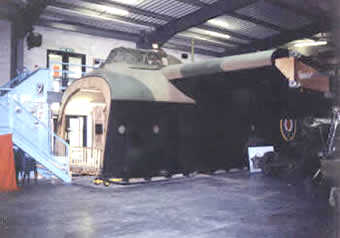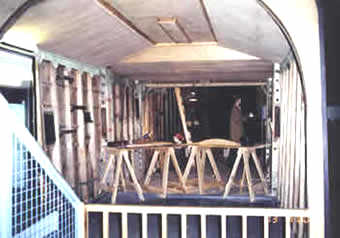The Hamilcar Glider


The General Aircraft Ltd. (G.A.L). 50 Hamilcar was developed from the G.A.L. 49 idea. It was designed to carry Tetrarch or Locust light tanks. The first prototype G.A.L. 50 Hamilcar flew on March 27, 1942. A total of 410 of the type were built, two of which were fitted with twin engines. A specially modified Mk.III Halifax bomber was used as a tug for the Hamilcar.
The Hamilcar entered RAF service in 1942, and was the largest wooden aircraft the RAF ever operated. With a wingspan of 110 feet, the Hamilcar was the only Allied glider capable of carrying a light tank. 40 troops or artillery pieces could be carried as alternative loads. Hamilcars were used on the ‘D’ Day landings and at Arnhem, as well as on other operations. The photographs show the most intact remaining example which can be found at the Museum of Army Flying, Middle Wallop, Hampshire.
Hamilcar Barca (c. 270-228 BC ) was a Carthaginian general. He was connected to the first Punic War, being the commander of the Carthaginian forces in Sicily. His son was Hannibal.